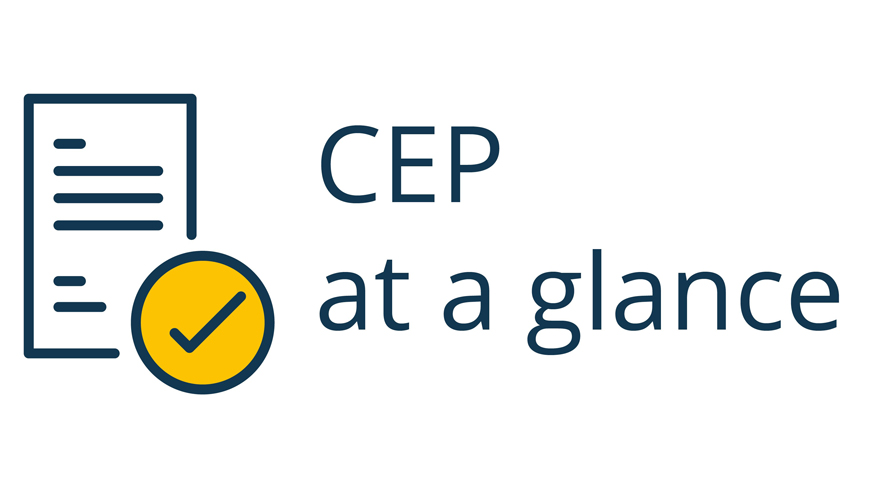Certification - Background & Legal Framework
Background
The procedure for "Certification of suitability to the monographs of the European Pharmacopoeia" was established in 1994 and was in the beginning restricted to controlling the chemical purity of pharmaceutical substances. In 1999, the procedure was extended to include products with a risk of transmissible spongiform encephalopathy (TSE), thus enabling their certification on the basis of the European Pharmacopoeia general chapter 5.2.8 "Minimising the risk of transmitting animal spongiform encephalopathy agents via medicinal products" and of the new monograph on "Products with risk of transmitting agents of animal spongiform encephalopathies (1483)". The general chapter 5.2.8 is a verbatim reproduction of the guidance issued by the EMA's Committee for Medicinal Products for Human Use (CHMP), previously known as CPMP and by their Committee for Medicinal Products for Veterinary Use (CVMP). The procedure was further revised to allow for the control of herbal drugs and herbal drug preparations.
In 1999, the EDQM initiated an inspection programme for manufacturing sites, covered by an application for certificate(s) of suitability to the monographs of the European Pharmacopoeia (CEPs).
Legal framework
Several legal texts describe the certification procedure. These are as follows:
- Resolution AP-CSP (07) 1 on the "Certification of Suitability to the Monographs of the European Pharmacopoeia (Revised Version)" (Adopted by the Public Health Committee (CD-P-SP) on 21/02/2007)
- Directive 2001/83/EC and Regulation (EU) 2019/6 as amended, of the European Council and of the Parliament
According to these texts, manufacturers or suppliers, or their duly authorised representatives, (regardless of their geographical location) of active substances or excipients (organic or inorganic, obtained by synthesis, extraction or fermentation), of products with a risk of TSE, or of herbal products used in the production or preparation of pharmaceutical products can apply for CEPs concerning:
- the evaluation of the suitability of the monograph for the control of the chemical purity and microbiological quality of their substance
- the evaluation of the reduction of a risk of TSE according to general chapter 5.2.8
- both of the above, and
- the evaluation of the suitability of the monograph for the control of herbal drugs and herbal drug preparations.
CEPs are recognised by the signatory parties of the Convention on the Elaboration of a European Pharmacopoeia, i.e. all member states and the European Union. They are also recognised by other countries, e.g. Canada, Australia, New Zealand, Tunisia and Morocco.
EDQM has established a list of authorities and organisations with which the EDQM has a Memorandum of Understanding and/or Confidentiality Agreement in place allowing them access to assessment and/or inspection reports. These reports are also shared with the National Competent Authorities of the Ph. Eur. member states and with the EMA (including EMA committees and working parties/groups and the members and experts thereof).
Search for a list of granted CEPs, their type, the name of the substance, the full CEP number, the issue date and validity status, using the Certification Database (updated daily).
- Code of Practice for the Certification Procedure (PA/PH/CEP (02) 04 3 R, June 2019)
- EDQM Established Bilateral Confidentiality Agreements with US-FDA and TGA: Press Release
- EDQM and the Health Products and Food Branch (HPFB) of Health Canada signed a Memorandum of Understanding: Press Release




